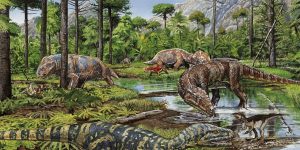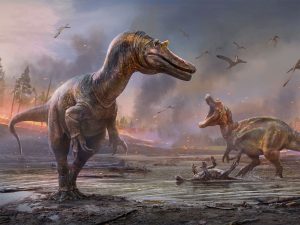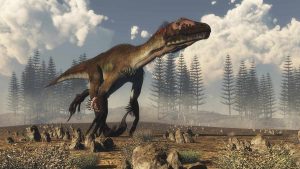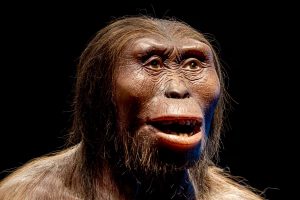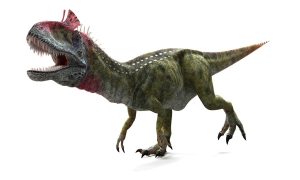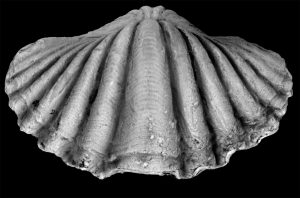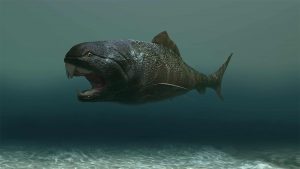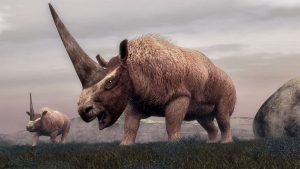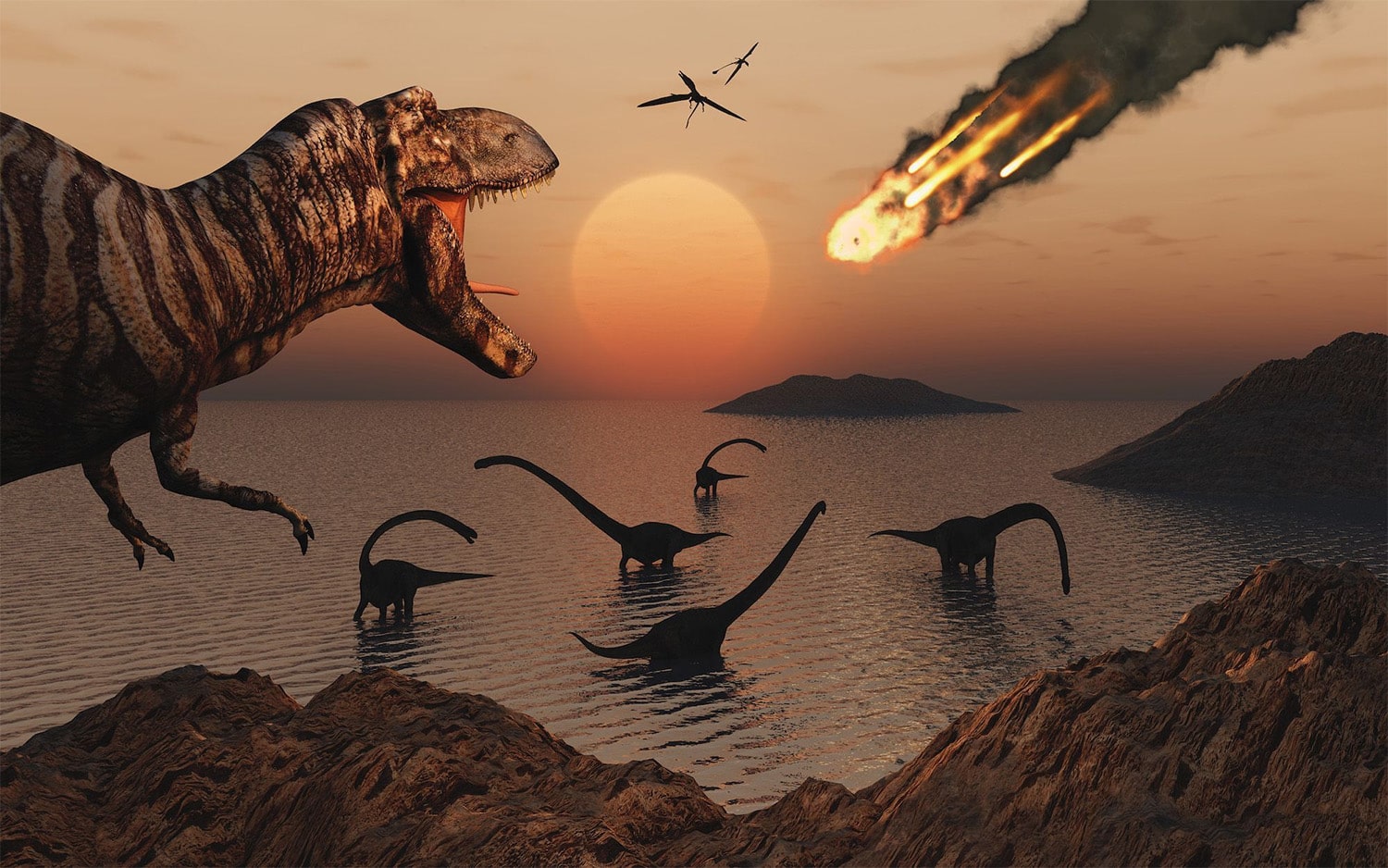
20 interesting facts about Mass Extinctions
- 👁️ 1201
Mass extinctions are pivotal events in the history of life on Earth, marking the moments when significant numbers of species suddenly and catastrophically die out. These events have shaped the course of biological evolution, leading to the rise and fall of various groups of organisms. Scientists have identified five major mass extinctions in the fossil record, each with its own causes and consequences for life on our planet. Understanding these catastrophic events helps us appreciate the fragility of ecosystems and the importance of biodiversity conservation. Here are 20 interesting and informative facts about mass extinctions that highlight their significance and impact.
- The “Big Five” mass extinctions are the Ordovician-Silurian, Late Devonian, Permian-Triassic, Triassic-Jurassic, and Cretaceous-Paleogene extinctions.
- The Permian-Triassic extinction event, occurring approximately 252 million years ago, is considered the most severe, wiping out about 96% of marine species and 70% of terrestrial vertebrate species.
- The cause of mass extinctions varies, including volcanic eruptions, asteroid impacts, climatic changes, and sea-level fluctuations.
- The Cretaceous-Paleogene extinction event 66 million years ago is famous for the demise of the dinosaurs, likely triggered by an asteroid impact in present-day Mexico.
- Mass extinctions lead to evolutionary bottlenecks, after which biodiversity gradually recovers and new species emerge.
- Recovery times from mass extinctions can vary widely, from a few million to tens of millions of years.
- The end-Ordovician mass extinction was likely caused by a short, severe ice age that lowered sea levels, affecting marine habitats.
- Some scientists argue we are currently experiencing the sixth mass extinction due to human activities, including habitat destruction, pollution, and climate change.
- The Late Devonian extinction might have been caused by rapid plant growth that led to a decrease in CO2 levels and global cooling.
- The Permian-Triassic extinction is also known as “The Great Dying.”
- Evidence for mass extinctions comes from different sources, including fossil records, geological data, and extraterrestrial impact craters.
- Mass extinctions have sometimes created opportunities for surviving species to diversify and occupy new ecological niches.
- The Triassic-Jurassic extinction event allowed dinosaurs to become the dominant terrestrial vertebrates for the next 135 million years.
- The Cretaceous-Paleogene extinction event led to the rise of mammals and eventually the dominance of human beings.
- Volcanic activity in the Siberian Traps is thought to be a major cause of the Permian-Triassic extinction.
- The “Fern Spike” is a phenomenon observed after several mass extinctions, where ferns temporarily become the dominant plant form.
- The concept of a “mass extinction” was first developed in the 19th century as geologists and paleontologists began to recognize patterns in the fossil record.
- Ocean acidification, resulting from increased volcanic activity, is a contributing factor to several mass extinctions.
- The end-Permian extinction saw the loss of many marine creatures, such as trilobites, which had survived previous mass extinctions.
- The asteroid theory for the Cretaceous-Paleogene extinction was first proposed in 1980, based on a layer of iridium-enriched clay worldwide.
Mass extinctions are dramatic reminders of Earth’s dynamic history and the interconnectedness of life. These events have reshaped ecosystems, redirected evolutionary pathways, and led to the emergence of new life forms. While they highlight the fragility of life, they also underscore the resilience and adaptability of organisms in the face of catastrophic change. Understanding past mass extinctions is crucial for addressing current biodiversity crises and preserving life on Earth for future generations.

